
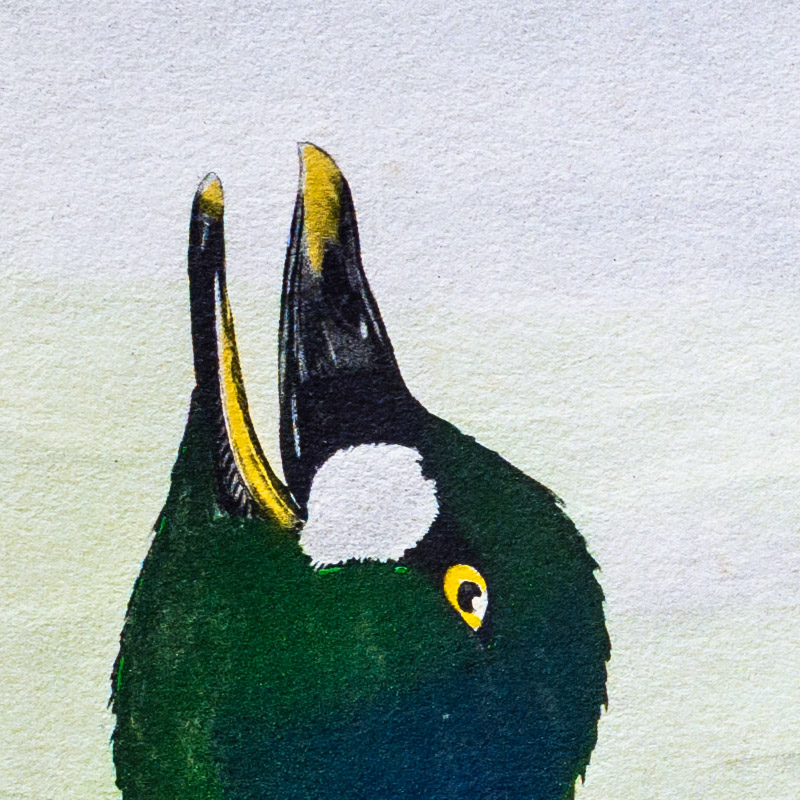
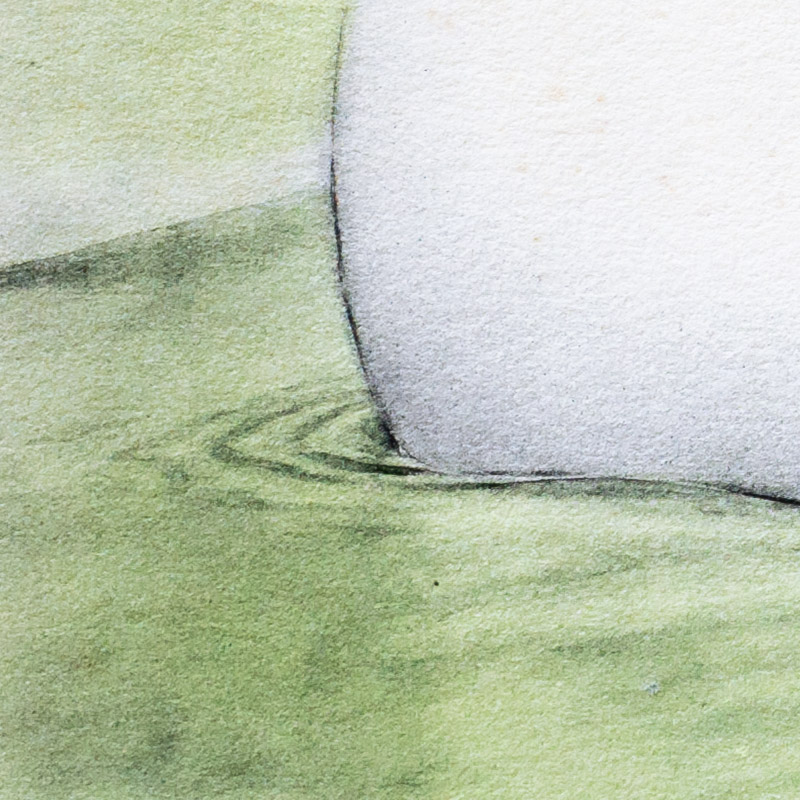
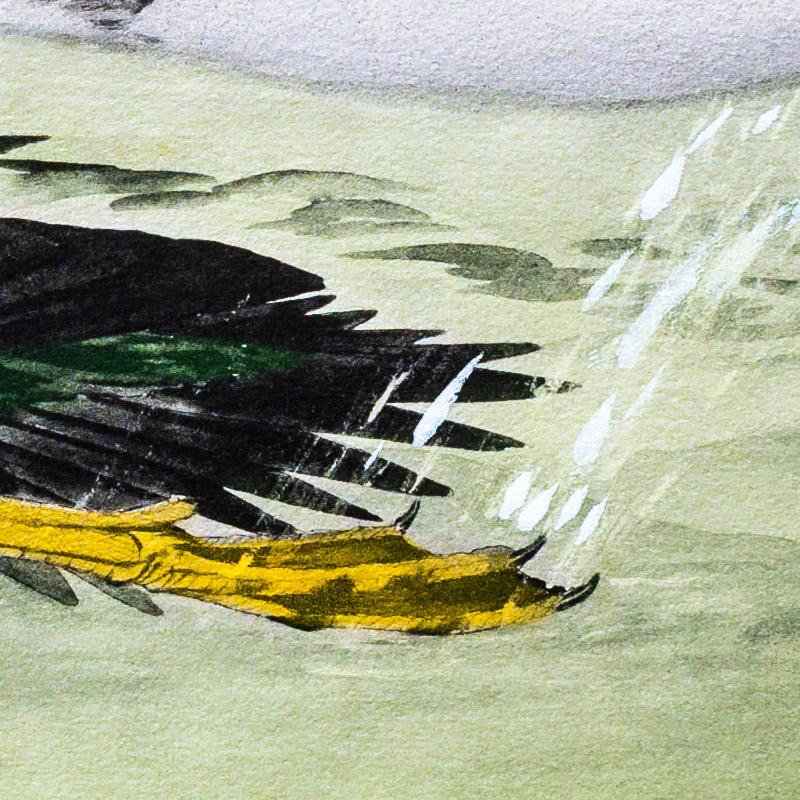
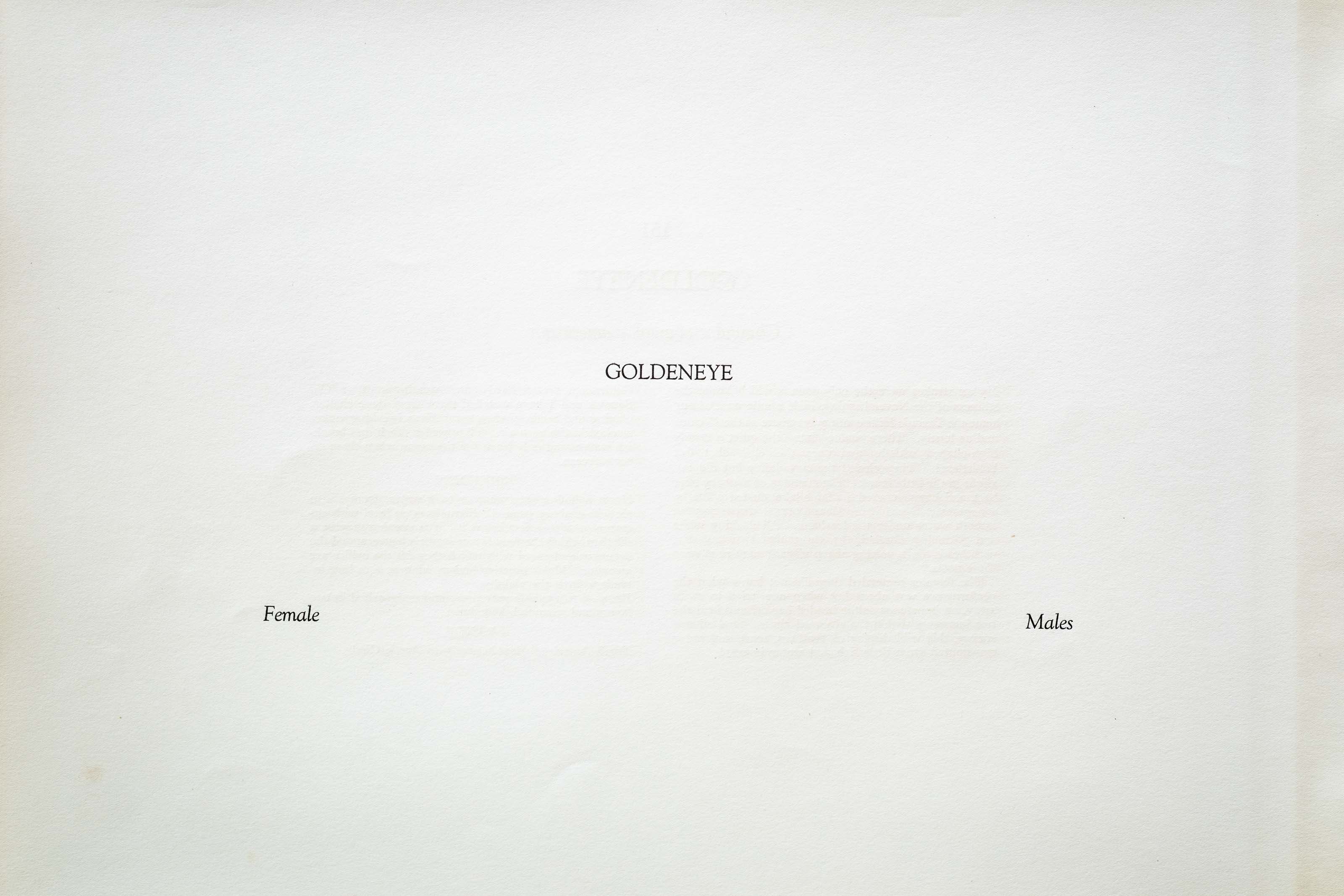
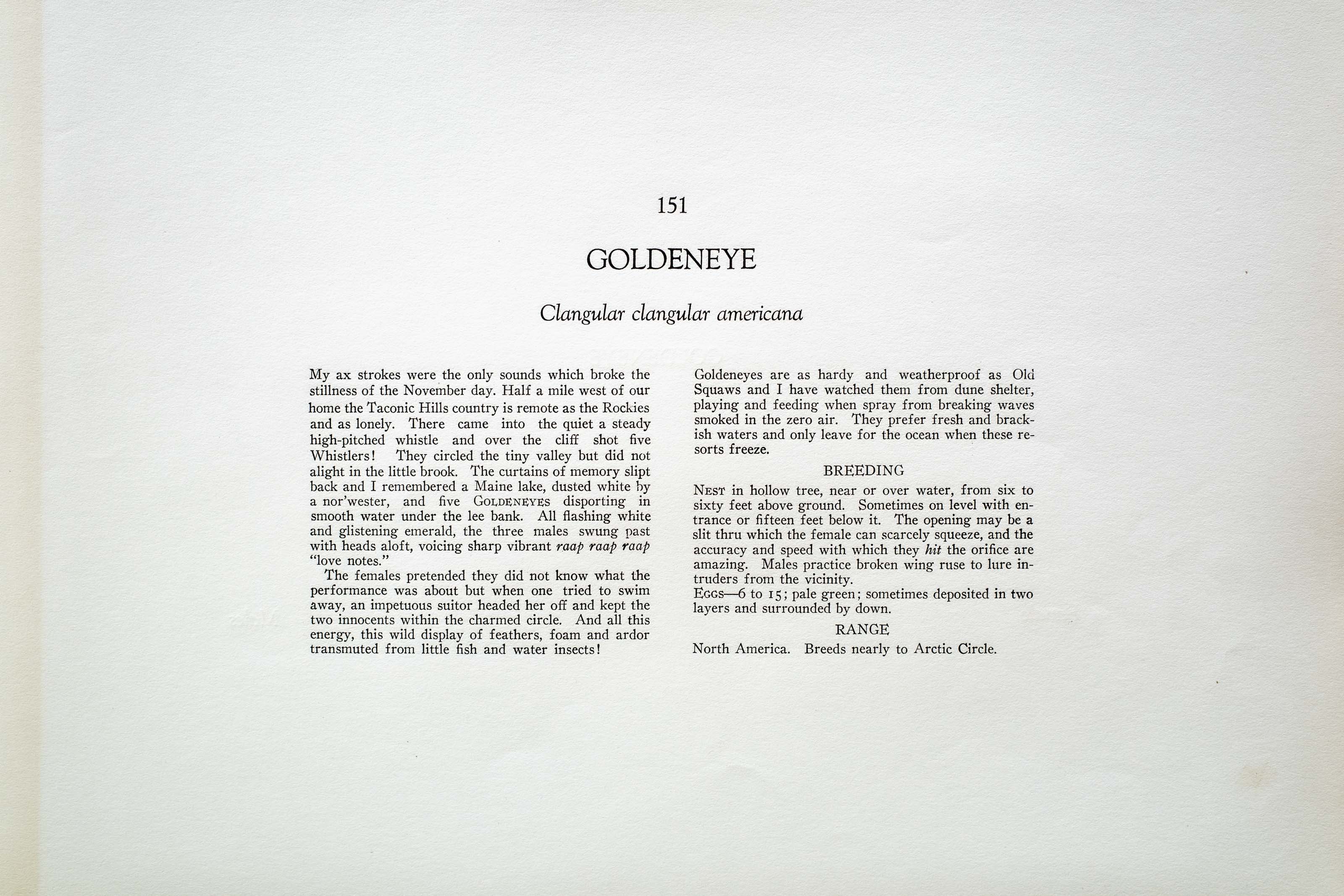

Unknown
1930
3
151
A team of dedicated board members, volunteers, and student interns has published every page in Volume 9. This volume includes 360 images of paintings and lyrical descriptions of birds, now available online for everyone to enjoy anywhere in the world. This is a monumental task. Each volume requires approximately 400 hours to photograph, edit, transcribe, catalog, and publish online. We need your support to complete this work.
If you're tech-savvy, have a good eye, are meticulous with details, and love structured data, please consider volunteering by emailing us at hello@rexbrasher.org.
We encourage all bird lovers and supporters to consider a monetary donation to support our mission to make Rex's work available for everyone. You can provide a one-time or recurring donation online.
My ax strokes were the only sounds which broke the stillness of the November day. Half a mile west of our home the Taconic Hills country is remote as the Rockies and as lonely. There came into the quiet a steady high-pitched whistle and over the cliff shot five Whistlers! They circled the tiny valley but did not alight in the little brook. The curtains of memory slipt back and I remembered a Maine lake, dusted white by a nor'wester, and five GOLDENEYES disporting in smooth water under the lee bank. All flashing white and glistening emerald, the three males swung past with heads aloft, voicing sharp vibrant raap raap raap "love notes."
The females pretended they did not know what the performance was about but when one tried to swim away, an impetuous suitor headed her off and kept the two innocents within the charmed circle. And all this energy, this wild display of feathers, foam and ardor transmuted from little fish and water insects!
Goldeneyes are as hardy and weatherproof as Old Squaws and I have watched them from dune shelter, playing and feeding when spray from breaking waves smoked in the zero air. They prefer fresh and brackish waters and only leave for the ocean when these resorts freeze.
NEST: in hollow tree, near or over water, from six to sixty feet above ground. Sometimes on level with entrance or fifteen feet below it. The opening may be a slit thru which the female can scarcely squeeze, and the accuracy and speed with which they hit the orifice are amazing. Males practice broken wing ruse to lure intruders from the vicinity.
EGGS — 6 to 15; pale green; sometimes deposited in two layers and surrounded by down.
North America. Breeds nearly to Arctic Circle.